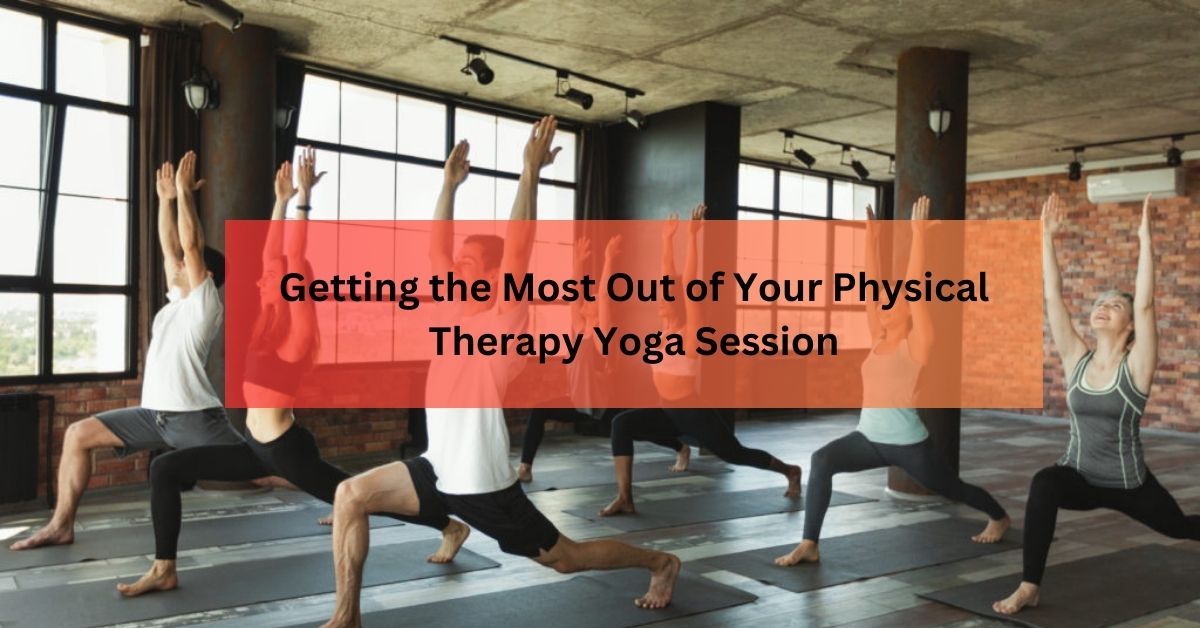Getting the Most Out of Your Physical Therapy Yoga Session
Yoga combines physical movements with mental focus and breath control to improve strength, flexibility, and overall well-being. Physical therapy is another well-known practice that helps individuals recover from pain and injuries. Combining physical therapy with yoga creates a comprehensive healing regimen to help you reach your health goals faster. Here are seven tips to get the most out of your physical therapy yoga sessions:
1. Work With a Professional Instructor
While you can practice yoga independently, working with a professional instructor can provide more benefits. Yoga instructors are experienced in various poses and practices and can guide you toward effective movements. They can adjust poses to accommodate physical limitations or injuries so you can practice safely. They can help you get in and out of poses correctly, preventing further injury and promoting healing. A physical therapy instructor can also answer your questions and address concerns, providing more personalized care during sessions.
2. Dress Appropriately for Yoga
The clothes you wear during your yoga sessions can affect your performance. Wear clothes that are comfortable, breathable, and allow for unrestricted movement. With clothes that allow free movement, you can stretch and move without restriction to reap the full benefits of your physical therapy yoga sessions. Avoid clothing with zippers or buttons, as they can be uncomfortable in certain poses. Choose materials like cotton or moisture-wicking fabrics to keep you cool and dry throughout your session. Yoga-specific clothing is also available, with features like extra stretch, reinforced seams, and moisture-wicking capabilities.
3. Have the Right Equipment
Depending on the yoga movements, various tools can be helpful for effective and safe practice sessions. A yoga mat provides a non-slip surface for poses and stretches. It also cushions your knees, elbows, and spine during poses. Other helpful equipment includes blocks, straps, blankets, and bolsters. These props can assist you in achieving proper form and alignment in poses and also make certain poses more accessible if you have limited mobility or injuries.
4. Set Your Intention
Before starting your yoga session, take a moment to set your intention. This can help you focus and align your mind with your body’s movements. It can also help you stay motivated and positive throughout the session. An intention can be as simple as dedicating your practice to healing a specific body part or focusing on breathing deeply and calmly. By setting an intention, you create purpose and direction for your session, helping to make it more meaningful.
5. Listen to Your Body
Yoga is about listening to your body and honoring its limitations. Communicate with your body during your physical therapy yoga sessions. If a pose or movement feels uncomfortable or causes pain, don’t push through it. Instead, modify the pose or take a break if needed. Your body will tell you what it needs and when something doesn’t feel right. Pushing yourself too hard can lead to further injury and hinder your progress in physical therapy.
6. Limit Distractions
During your yoga sessions, try to limit distractions as much as possible. That means finding a quiet and clutter-free space to practice in. Turning off your phone and any other electronic devices can also help you stay focused on the present moment. Try not to think about your to-do list or stressors during your session. Instead, focus on your breathing, body, and the instructor’s guidance. Limiting distractions can help you to fully immerse yourself in your practice and reap its full benefits.
7. Be Consistent and Patient
Like any practice, consistency and patience affect progress in physical therapy yoga. Set a regular schedule for your sessions, whether it’s a few times a week or every day. Stick to this schedule even when you’re feeling unmotivated or busy. It can take time to see improvements, but with consistent practice, you may notice changes in your strength, flexibility, and well-being.
Enjoy the Benefits of Physical Therapy Yoga
Yoga and physical therapy complement each other to provide a holistic approach to healing. These tips can help maximize your physical therapy yoga sessions. Work with a professional instructor, listen to your body, and stay consistent in your practice. With dedication and patience, you may experience the full benefits of this powerful combination for improved physical and mental well-being.




